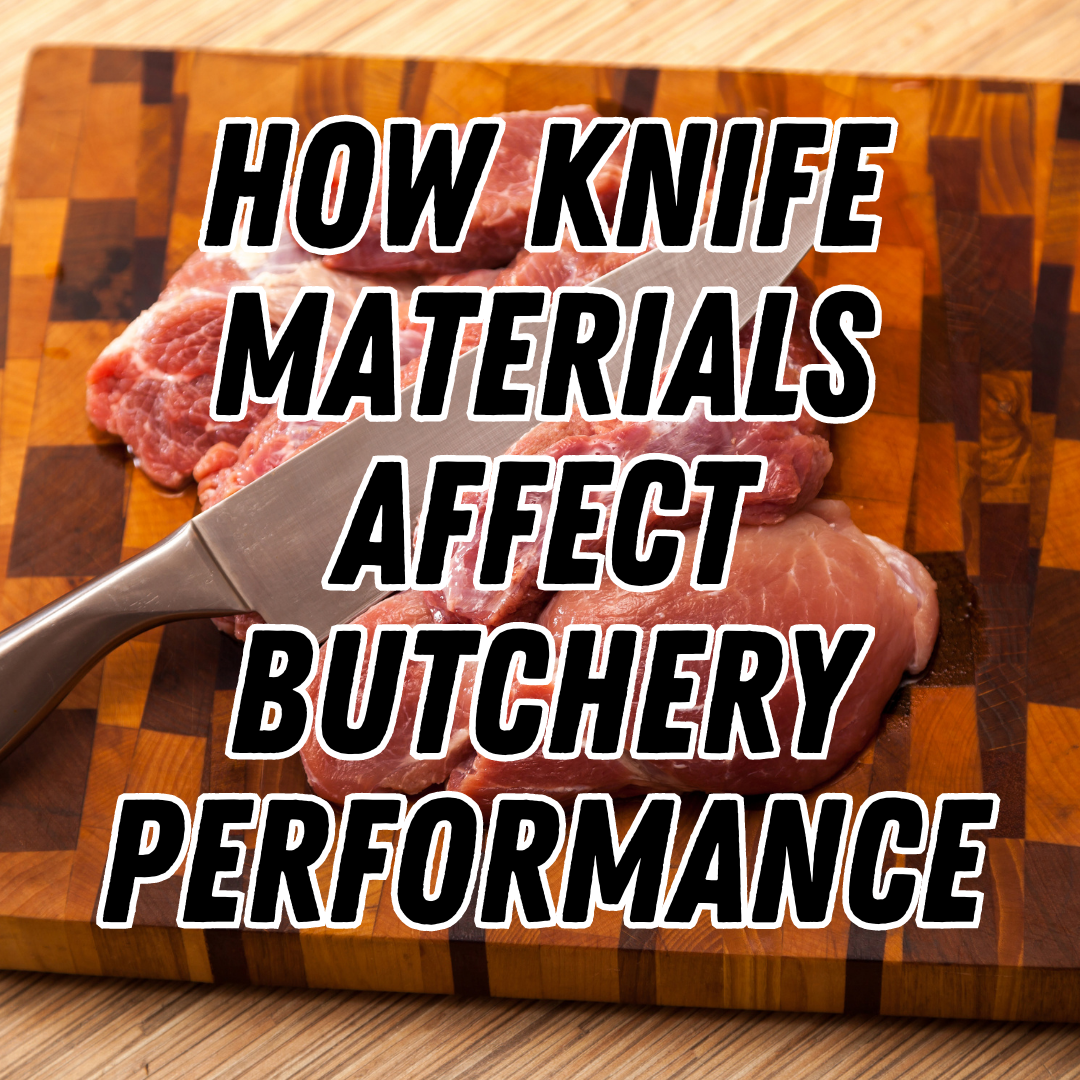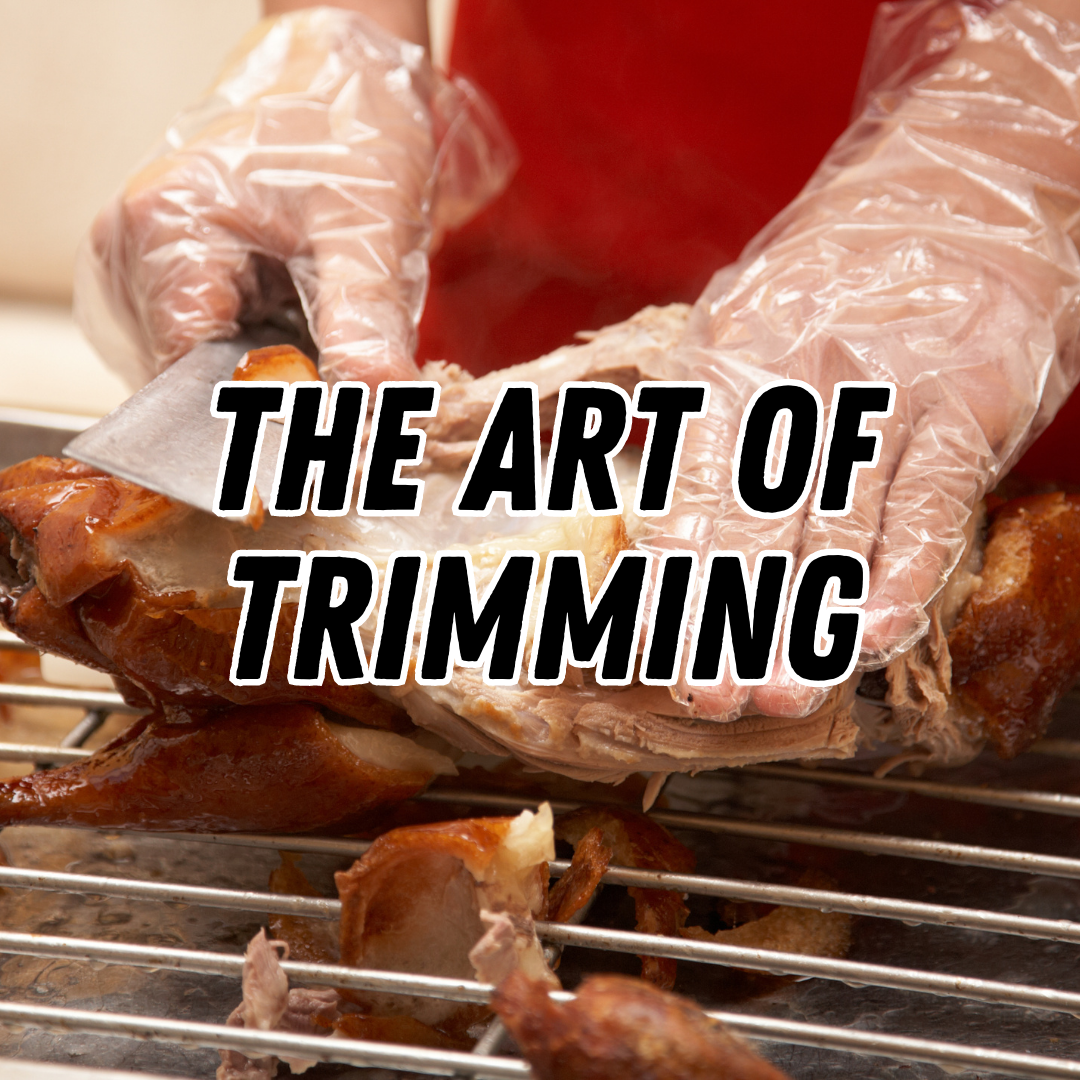Selecting a suitable blade material is crucial for a superior dining experience. The choice of blade material impacts the knife's performance, longevity, and maintenance requirements.
This article aims to provide knife buyers and enthusiasts with useful information about the finest blade materials for steak knives.
We will examine the elements crucial for making an informed choice, from the benefits and drawbacks of stainless steel to the sharp contrast between carbon steel and ceramic.
Pros and Cons of Stainless-Steel Steak Knives
Steak knives often feature stainless steel blades because of their distinct advantages and disadvantages. You can choose the ideal steak knife for your needs by considering the benefits and drawbacks of stainless-steel blades.
Benefits Of Stainless-Steel Blades
Corrosion Resistance and Durability
Stainless steel blades resist corrosion, making them highly durable and long-lasting. This feature is particularly advantageous when dealing with acidic foods or exposure to moisture. The stainless-steel composition, often including chromium and other alloying elements, forms a protective layer that helps prevent rust and stains.
Retention of Sharpness
Another advantage of stainless-steel blades is their ability to maintain sharpness over time. This allows for efficient slicing and cutting, ensuring a satisfying dining experience.
With proper care and periodic sharpening, stainless steel blades can provide consistent performance throughout their lifespan.
Drawbacks Of Stainless-Steel Blades
Limited Edge Retention Compared to Other Materials
While stainless steel blades offer good initial sharpness, they may not retain their edge like other blade materials. Frequent use or demanding cutting tasks can cause the blade to dull, requiring more frequent sharpening to restore optimal performance. However, advancements in stainless steel technology have led to high-performance variants offering improved edge retention.
Difficulty In Sharpening
Sharpening stainless steel blades can be more challenging compared to certain other materials. The hardness and composition of stainless steel may require specialized sharpening tools and techniques. Following proper sharpening procedures or seeking professional assistance is essential to effectively maintain the blade's sharpness.
Carbon Steel Vs. Ceramic: Comparing Sharpness
When it comes to choosing the ideal blade material for your steak knives, the battle between carbon steel and ceramic has long intrigued knife enthusiasts. Each material possesses unique characteristics that impact sharpness, edge retention, and overall performance. This section delves into the advantages and drawbacks of carbon steel and ceramic blades for steak knives.
Carbon Steel Blades
Advantages of Carbon Steel for Steak Knives
1. Superior Sharpness and Edge Retention
Carbon steel blades are renowned for their exceptional sharpness, enabling precise and effortless cuts through steak and other meats. The high carbon content allows for the formation of fine, keen edges that remain sharp for prolonged periods, even with heavy use.
2. Ease of Sharpening
Knife aficionados appreciate carbon steel blades for their ease of sharpening. With the right sharpening tools and techniques, these blades can quickly be honed to razor-like sharpness, ensuring optimal cutting performance.
Disadvantages of Carbon Steel for Steak Knives
1. Prone to Corrosion Without Proper Care
One of the primary drawbacks of carbon steel blades is their susceptibility to rust and corrosion. These knives can develop unsightly stains and compromise performance if not adequately maintained and dried after use.
2. Requires Regular Maintenance
Carbon steel blades demand diligent care and maintenance to prevent corrosion and retain their sharpness. Frequent honing and oiling are necessary to keep the edges in top-notch condition.
Ceramic Blades
Advantages of Ceramic for Steak Knives
1. Unparalleled Sharpness and Long-Lasting Edge
Ceramic blades are renowned for their exceptional sharpness, rivalling even the finest carbon steel edges. This remarkable sharpness allows for precise cuts, enhancing the dining experience.
2. Non-Reactive Material, Preserving Food Flavours
Unlike metal blades, ceramic does not react with acidic or alkaline foods, ensuring that the original flavours of the steak remain unaltered.
Disadvantages of Ceramic for Steak Knives
1. Brittle Nature and Susceptibility to Chipping
Ceramic blades are inherently fragile, making them vulnerable to chipping or breaking if subjected to improper handling or excessive force.
2. Limited Availability and Higher Cost
Compared to traditional steel knives, ceramic steak knives can be harder to find and often come at a higher price point, making them a more significant investment.
In the quest for the ultimate steak knife, the choice between carbon steel and ceramic hinges on your preferences, maintenance commitment, and budget considerations. Both materials have their merits, and with proper care, either can serve as a formidable tool in your culinary endeavours.
Choosing the Right Blade Material for Your Needs
When it comes to selecting the ideal blade material for your steak knives, several factors should be taken into consideration. By carefully evaluating these factors, you can ensure that your chosen blade material aligns with your needs and preferences.
Budget and Cost
- Determine your budget range to narrow down the available options.
- Keep in mind that different blade materials vary in cost due to factors such as production methods and availability.
Maintenance Requirements
- Consider the level of maintenance you are willing to commit to.
- Stainless steel blades generally require less maintenance, while carbon steel and ceramic blades may demand more care and attention.
Personal Preference and Cooking Style
- Reflect on your personal preferences, such as aesthetics and tactile feel.
- Assess your cooking style to identify the blade material that best complements your techniques and ingredients.
How to Care for Your Steak Knife Blade
Proper Cleaning and Drying Techniques
To maintain the longevity of your steak knife blade, it's crucial to follow proper cleaning and drying techniques. After each use, hand wash the edge with warm water and mild dish soap, avoiding abrasive cleaners. Gently dry the blade with a soft cloth to prevent water spots or corrosion.
Storage Recommendations for Blade Longevity
Storing your steak knives correctly can significantly extend their lifespan. Consider using a knife block or magnetic strip to keep the blades safely separated and protected. Avoid storing them in a cluttered drawer where they can rub against other utensils, potentially causing damage or dulling the edge.
Sharpening And Maintenance Tips for Different Blade Materials
Each blade material requires specific sharpening and maintenance techniques. Regular honing with a honing rod for stainless steel blades helps maintain their edge. Carbon steel blades benefit from occasional oiling to prevent rust, while ceramic blades require professional sharpening due to their hardness.
Final Thoughts
Stainless steel offers corrosion resistance and durability but may require more frequent sharpening. Carbon steel provides exceptional sharpness and edge retention but demands proper care to prevent corrosion. Ceramic blades excel in sharpness and food preservation, yet they can be brittle and require careful handling.
Other key considerations when choosing the right blade material for your steak knives include budget, maintenance requirements, and personal preference. Assess your cooking style and needs to make an informed decision that aligns with your expectations.




